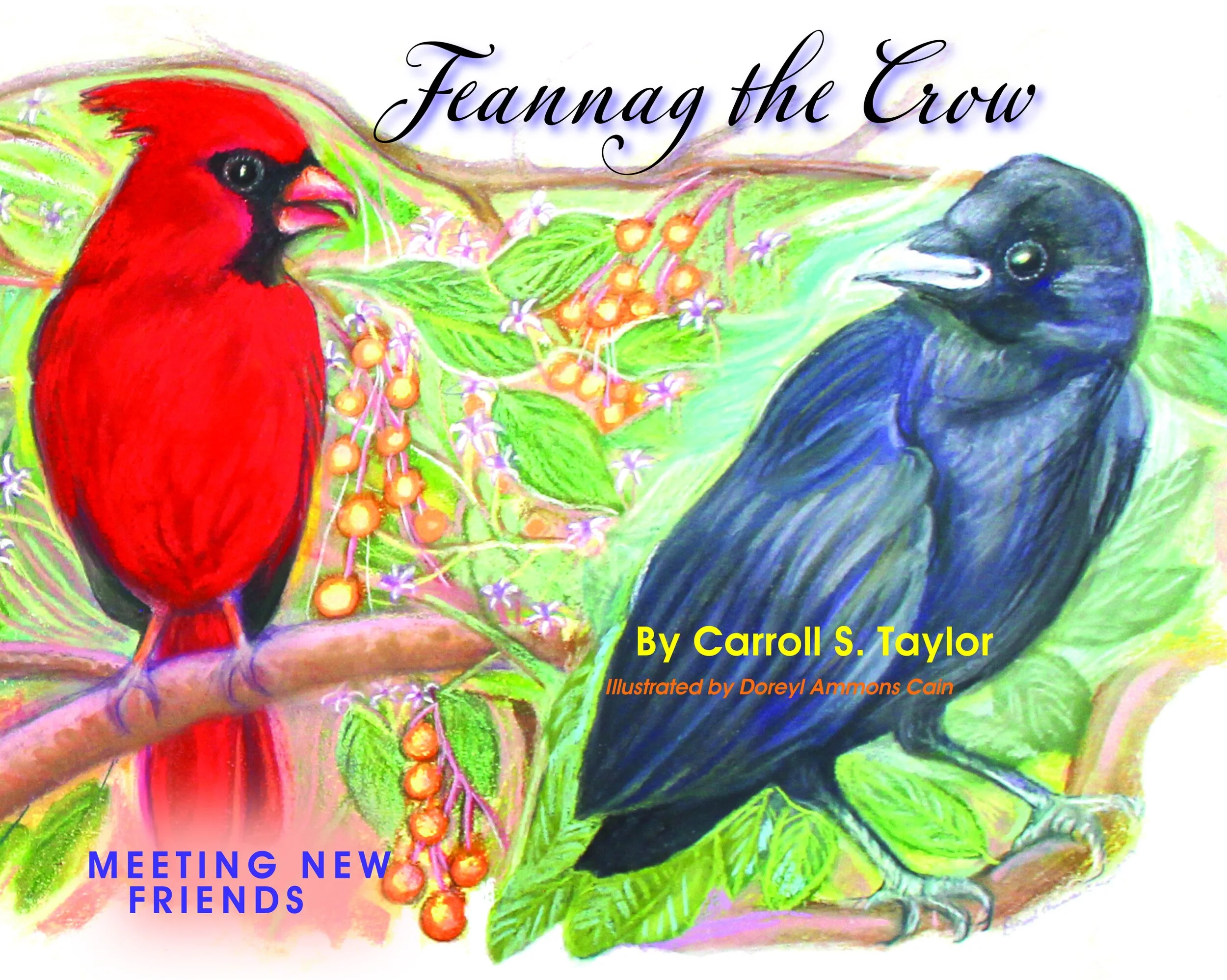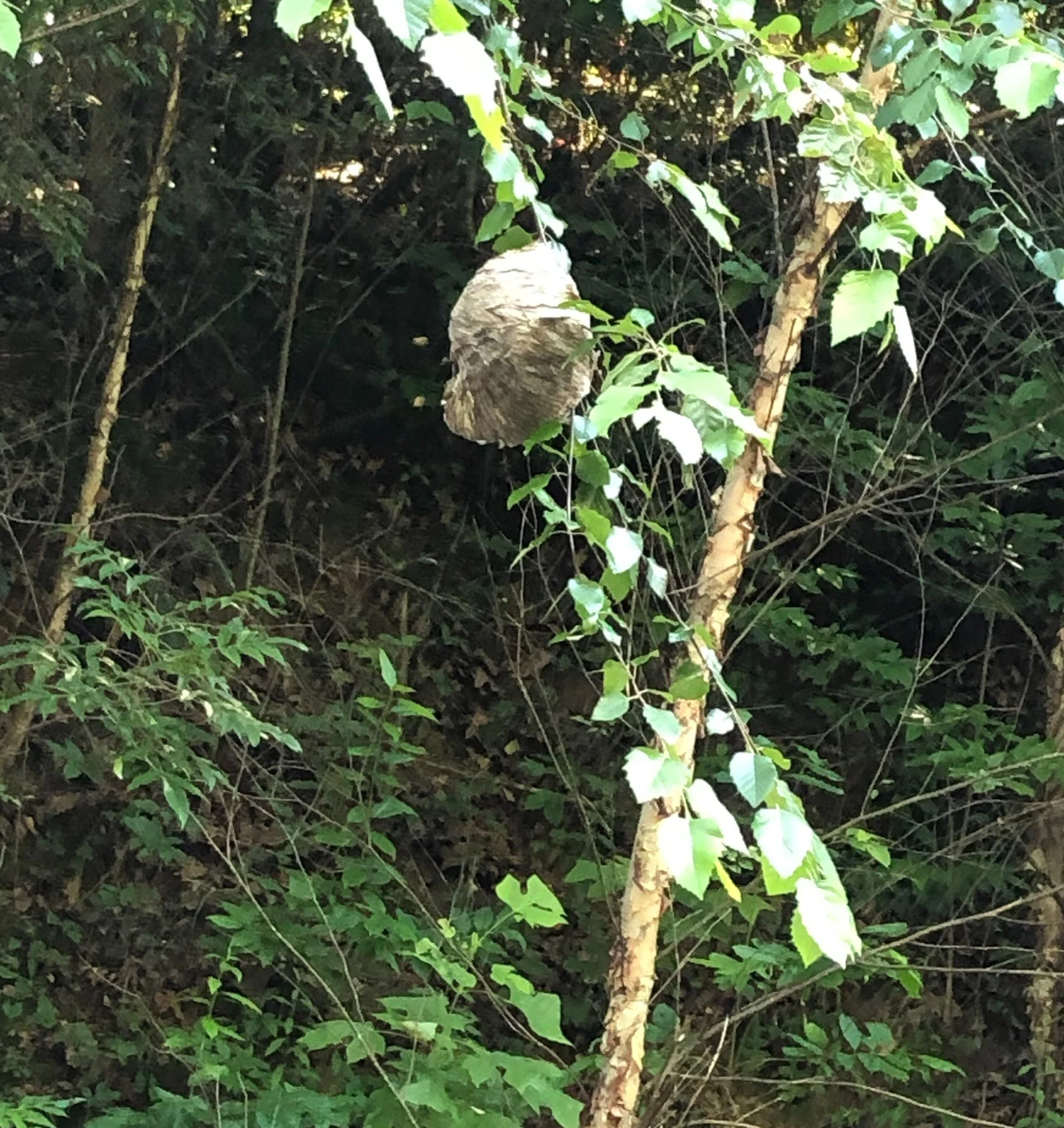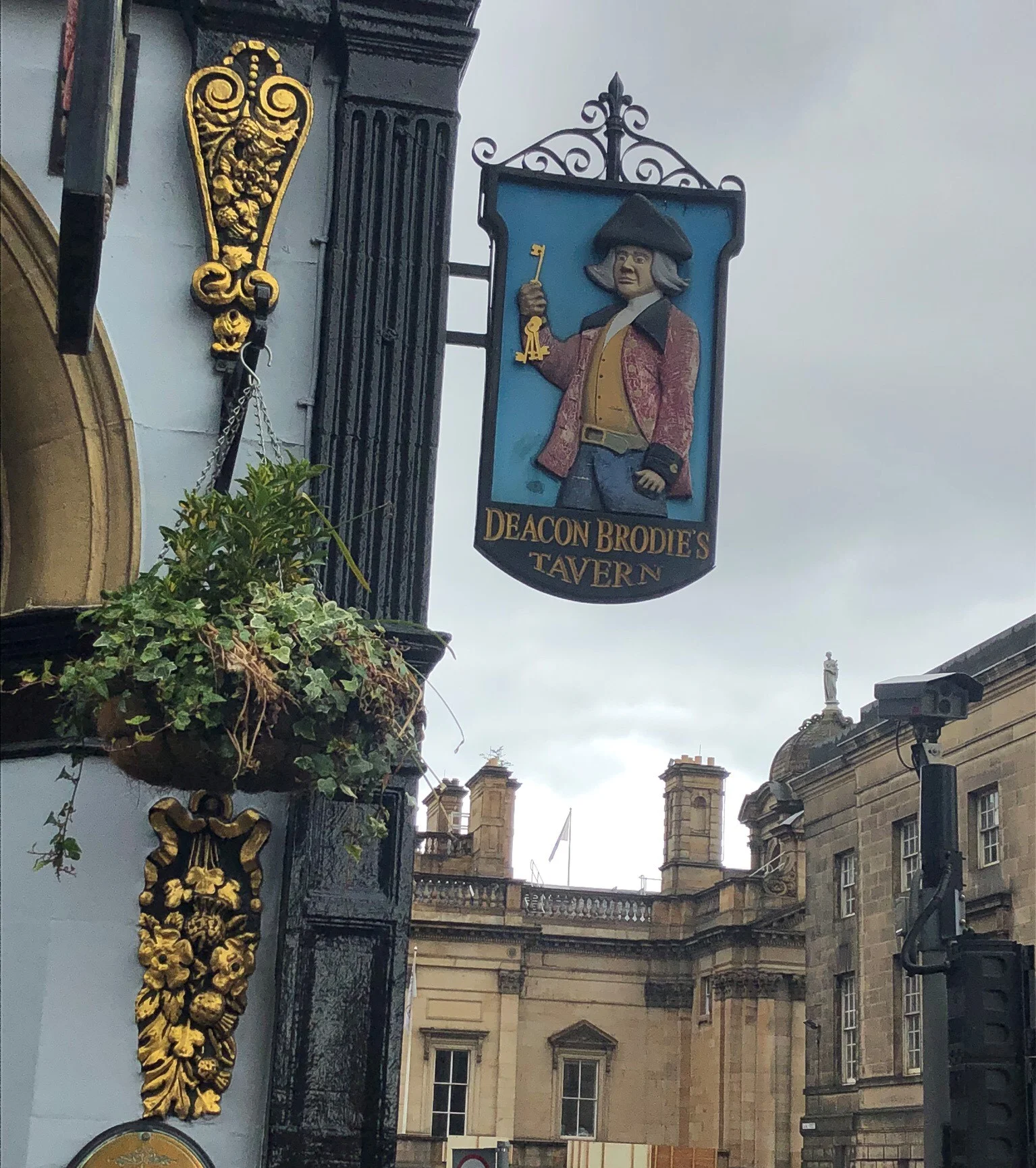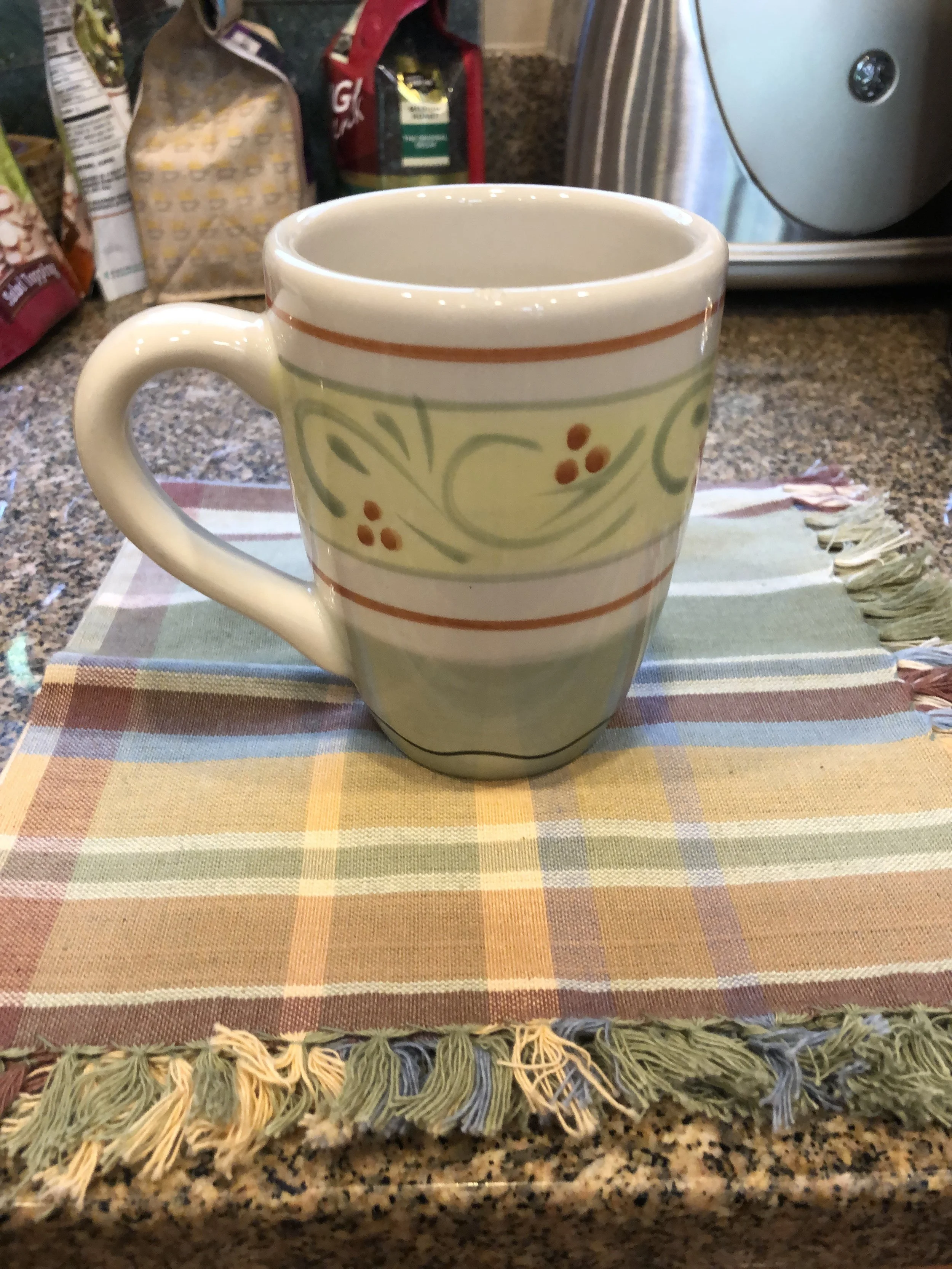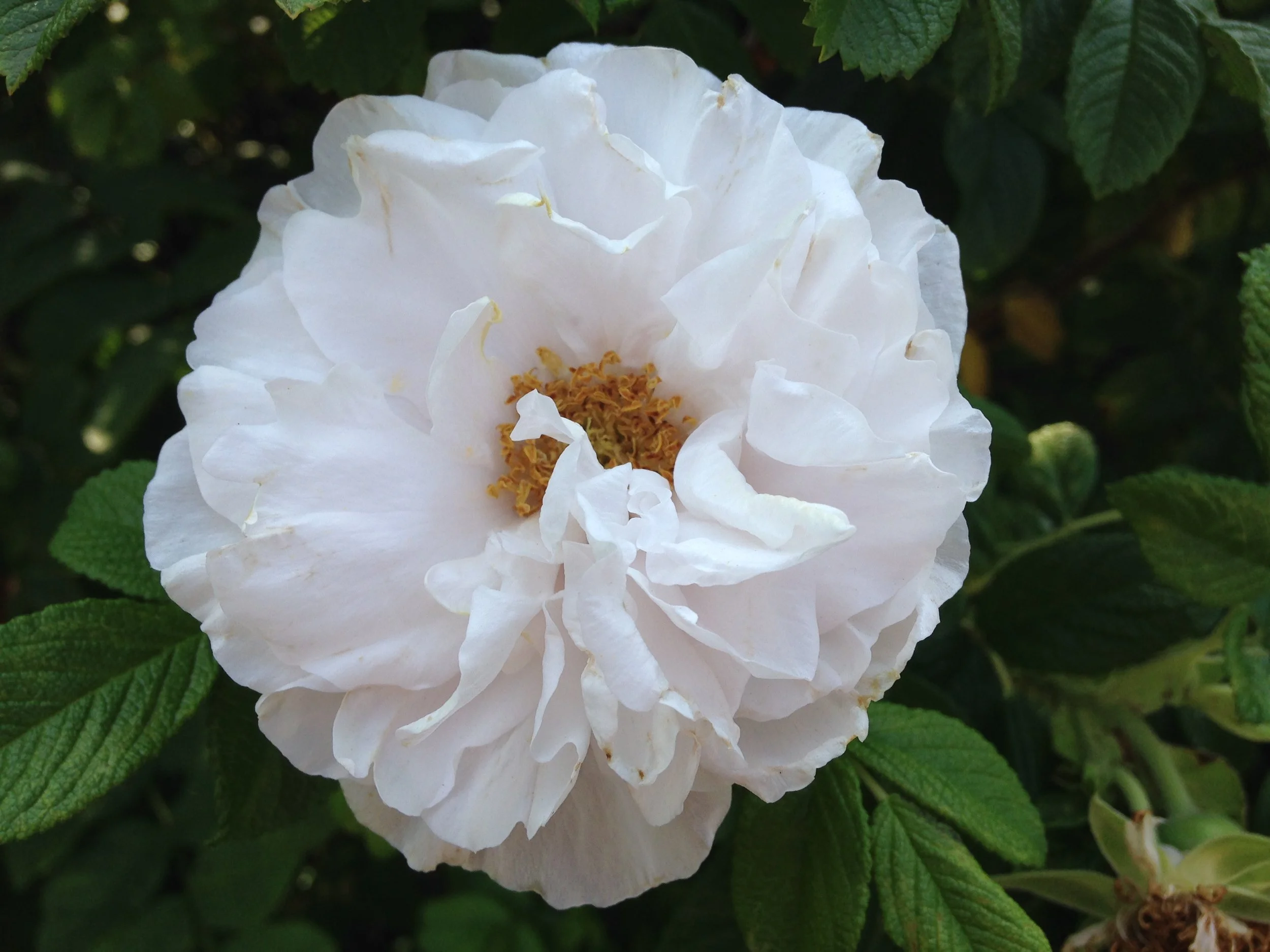We don’t have wimpy yellow jackets in North Georgia. Ours act like they’re on powerful steroids, and they’re always in a bad mood.
Some yellow jackets build nests in a hole in the ground. Some choose rotten tree stumps. Ours like to build aerial nests.
The first one we ever found was at our cabin, hanging from a small poplar tree limb right beside the hostas and our driveway. Hugh wouldn’t approach it. He wasn’t sure if it was a hornet’s nest or not. I took one look at it and said, “Now, you know that’s not a hornet’s nest. No self-respecting hive of hornets would built a ratty-looking nest like that.”
I slowly approached the nest, and sure enough, yellow jackets were buzzing in and out. I posted a picture of the nest on Facebook, and one of my friends didn’t believe me. She surreptitiously loaded my claim into Google and admitted later that I was right. (You can Google my claim, too!) We had to call an exterminator.
The next one we found was under the cabin deck, hanging not far from the basement’s outside door. Of course, we found it when we had just put our cabin up for sale, and realtors would be bringing prospective clients to visit. We couldn’t risk a collision between potential house hunters and stinging picnic hunters. Since we didn’t live here full-time, we had no choice but to call in reinforcements. Fifty dollars blown away by the wind and pesticide spray. Again. But no potential buyer was stung.
A couple of weeks ago, we discovered an aerial nest where we live now. A band of rowdy miscreants decided to build on a fairly low, thin branch of a river birch. Right on the edge of our street where we mow grass and where unknown trespassers whiz by in their ATVs.
Hugh had already experienced a run-in with yellow jackets the week before. While cutting thick vegetation on our property with his tractor, he ran afoul of a ground nest. He had to jump and run, leaving the tractor still running. He called me on his cell phone. “I’ve just run over a yellow jacket nest. Bring me every can of wasp spray you can find. They’re all over my tractor.” Was it the engine noise or did they just like orange Kubota tractors? He was left with seven red, swollen stings and an extra-surly attitude toward yellow jackets after that encounter.
One nest down, and the tractor offenders were vanquished. They shouldn’t have built in the ground where they had no defense against Hugh’s can of foamy wasp and hornet spray. But then, moments later, he discovered the “Death Star” in the river birch. The nest bore a striking resemblance to Darth Vader’s abode, and the jackets were buzzing in and out like TIE fighters.
Destroying that nest was going to be a challenge. It was a little too high to reach easily, and the entrance door was turned away from the road and over a ditch. It would be hard to spray and escape fast. It was time for an attack plan on the paper fortress.
The first attack was hopeful. Foaming wasp spray. Nope. Yellow jackets were still buzzing in and out. The second attack came a few days later. Foaming wasp spray. Yellow jackets were still buzzing in and out. The third attack a few days later involved using spray specifically designed for yellow jackets. They were still buzzing in and out. Healthy as ever. The fourth attack: Bed bug spray, otherwise known as Permethrin. Hugh was certain it would work. It’s found in shampoo for head lice, and we had seen carpenter bees fall out of their nests dead when we used it to treat the holes they were boring in an effort to eat down our house.
Still no luck with those wretched yellow jackets. They had even posted guards who were sitting on the outside of their nest, ready for another siege. It was as if they were thumbing their noses at us – if they had thumbs.
Meanwhile, we had an afternoon of torrential rain. We drove by slowly. The nest appeared to be hanging in tatters. We were ready to begin the fifth attack. Surely, between the rain and the Permethrin, they were all dead. Hugh grabbed his extension limb lopper and held it outside the car door as we drove to our battle destination. He looked like a medieval jouster, one who was determined not to spend fifty dollars. I got the car turned and ready in the escape position. We thought he could stealthily approach the nest, snip off the limb, throw down the lopper, and run to the car for a speedy get-away.
Well, the attack didn’t go as planned. The lopper shook the branch, and unseen, beleaguered survivors came after Hugh with a vengeance.
They were tough. Their queen was still alive. They were loyal. They had stick-to-it-tive-ness. One of them popped Hugh on the back of his neck.
That was the precise moment when revenge set in. This was war. This was personal. Hugh decided the only weapon left was fire.
Undefeated, he said, “Let’s go back to the house. I’ll need the bed bug spray, charcoal lighter fluid, a newspaper, and a lighter.”
Oh, Lord. “Okay, I’ll bring a gallon jug of water.”
I would be remiss if I didn’t mention that this conflagration occurred on Friday evening. You know, the night when a lot of couples eat out at a nice restaurant or go to a movie.
We gathered our essentials, and everything was ready for battle.
Hugh looked at me and made a profound observation. “You know, sometimes I can’t believe some of the things you and I do.” Me neither.
He squirted charcoal lighter fluid up on the nest. Then he used an extension grabber to hold the newspaper, lit the paper on fire, and touched his makeshift torch to the nest. Fire erupted in the yellow jacket death star.
At that exact moment, we heard a vehicle approaching. Our neighbor and his friend drove up in his ATV just as the nest was going up in flames in mid-air.
He gave us his opinion. “That oughta work good if Hugh doesn’t burn down the woods.”
At last, the flaming nest dropped to the ground. The queen fell out dead along with her remaining loyal subjects.. Every time the flames died down, Hugh would pour on a little more lighter fluid . Revenge had become obsession.
White larva after white larva fell out of the nest. Poor babies, they would never have the chance to buzz around, sting a homeowner, or go to a picnic.
It was getting dark; dusk was setting in. It was time to wrap up the barbecue and douse the smoking ashes. Hugh looked down at the remains of the scorched nest. “You know what? I think that’s a Fibonacci spiral.” Poor wasps. They had no idea they were mathematicians.
Hugh checked the site of our fierce battle scene Saturday morning. Every single larva was gone, no doubt a tasty nibble for a furry, nocturnal hunter.



